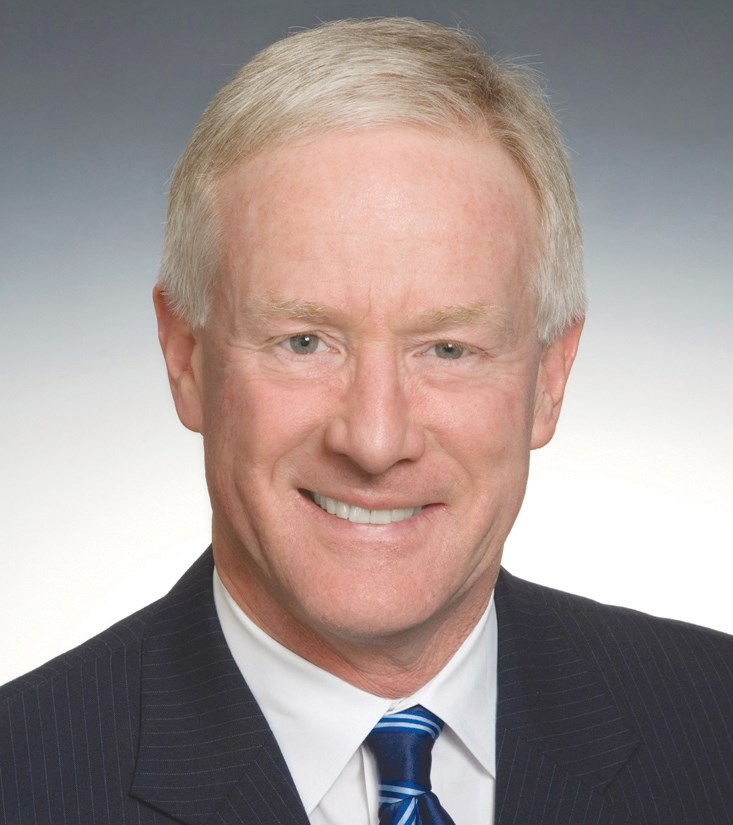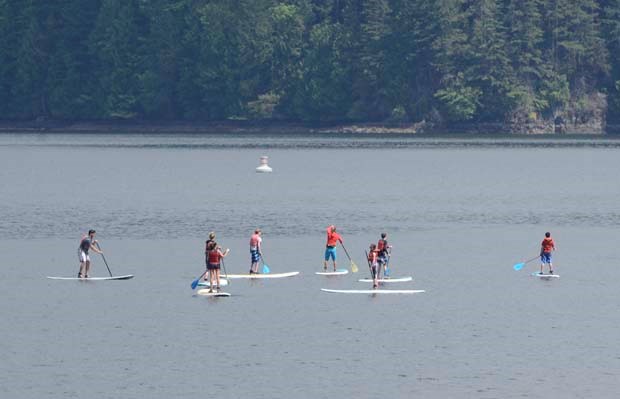“History is a story. People love stories, they learn from stories.”
District of North Vancouver Mayor Richard Walton is a bit of a history buff. It’s not surprising, then, when you discover he is a former high school history teacher.
It’s also not surprising that he was interested in celebrating the district’s 125th anniversary this year. A few years ago Walton noted that the anniversary would share a close link with Canada’s 150th anniversary, which takes place next year, and thought it was a good opportunity for a year-long celebration of the district’s unique history.
“I think an understanding of history and a sense of where any one of us may fit in today in the continuum of many years is something that builds a sense of belonging,” he says.
For a lot of people history is something they are introduced to in school then largely forget about, suggests Walton, but knowing where a community came from is important when considering where it’s going.
“Our community was really mud flats that were bordering the north side of Burrard Inlet,” starts Walton as he leads into a detailed discussion that traces the early days of the district.

He talks about Moodyville (where the Neptune Terminals are today), and how what was essentially just some tidal flats grew into the largest port in Canada. In fact, he notes, the City of North Vancouver and the district together do more volume of goods than any other port in Canada. But it wasn’t all a positive influence back in the beginning.
Walton weaves through a short recap of the origins of the area before European settlement in which First Nations lived for many centuries until they were largely pushed out and into several reserves by the industry activity. Local First Nations were forced into four fairly small reserves along the waterfront while the rest of the waterfront developed, he notes.
Heavy industry also created heavy waterfront pollution in the early years. The area’s mountain heritage was also “logged mercilessly down to nothing,” says Walton. “There’s virtually no old growth left anymore.”
A lot of what grew back are not very healthy eco-systems, and are mostly second-growth.
“If you look at our history here it always ties in with sort of a negative activity,” says Walton. “We celebrate what we have but we don’t realize that it was a lot better before we came.” He agrees with the suggestion that it’s important to remember the past so the same mistakes aren’t made in the future.
“The first European impact on the North Shore was mostly negative,” he notes, but there has been a lot of positive since.
Walton talks about the value of understanding and listening to First Nations talk about protecting green spaces.
“They talk about how short our tenure is, they understand clearly how short our tenure is, how we were given these lands to use only for a short period of time, they understand sustainability far better than anyone in our community does,” he says. “They live it and breathe it, it’s in their prayers and their recognitions.”
Sustainability is a key component of the district’s future, and is part of the district’s official community plan. “I think that we’re on a long, positive path to try to set right many of the things that the first probably hundred years anyway man did wrong,” says Walton.
Development in various forms will likely continue in the district’s future and there will be more traffic, more economic activity, he admits. “But I think that we’re better at doing that now.”
Walton moved with his family to the North Shore from Wales when he was six, which was just about 60 years ago, and has lived in West Vancouver, Lynn Valley, Delbrook, and Upper Capilano.
In all those years he has never lived more than a block or two away from green space or creek beds. And that was a conscious decision.
“It’s just a part of so many of us who have spent our lives here. It’s just in our blood,” he says of spending time in the North Shore’s natural environment. “It’s a very special place.”
For more info about the district’s anniversary celebrations visit dnv.org/celebrating-125-years.



